Happy New Year 2024! 🎉🥳🎊
As we embark on a new year, the return to the classroom is more than a mere reunion—it's an invitation for growth, reflection, and intentional planning. Particularly for ESL, SPED, and multicultural classrooms, this journey holds immense significance.
The Power of Reflection ESL Lesson Plan:
Reflection serves as a potent tool, urging students to pause, ponder, and acknowledge their progress. For English Language Learners (ELLs), this process is particularly crucial. Reflecting on achievements, challenges, and personal growth not only enhances language development but also fosters self-awareness and cognitive skills.
Understanding Different Goals:
It's essential to recognize that goals come in various forms—personal, social, and academic.
Personal Goals:
- improving self-confidence, developing healthy habits, or enhancing communication skills. These goals contribute to a student's overall well-being.
Social Goals:
- building friendships, teamwork, or effective communication in a group setting fosters a positive and inclusive classroom community.
Academic Goals:
- improving language proficiency, mastering specific skills, or achieving a particular grade. Academic goals contribute to a student's educational journey.
Scaffolding Goal Setting for Newcomers, SPED, and Primary Grades: Providing your students with clear scaffolding is crucial to making goal-setting accessible and meaningful.
Here's how you can scaffold goal-setting for newcomers, SPED, and primary grades:
Teacher Models:
- Begin by providing explicit models of goal-setting by sharing these ESL goal setting worksheets. Share examples of personal, social, and academic goals to give students a clear understanding of what's expected.
ESL Vocabulary Word Banks:
- Offer word banks tailored for social, academic, and personal goals. This helps students, especially those with language challenges, articulate their aspirations.
Visual Goals Handout:
- For newcomers, create a visual goals handout with images and words. Students can point to, cut out pictures, or copy their goals from this handout, making the process more tangible.
Why Goal Setting Matters:
Understanding and setting different types of goals is crucial for several reasons:
Personal Growth:
- Setting personal goals encourages self-discovery and empowers students to shape their identity positively.
Community Building:
- Social goals contribute to creating a supportive and inclusive classroom environment, where students learn from and uplift one another.
Academic Achievement:
- Academic goals drive focused efforts toward language proficiency, skill mastery, and overall success in the educational realm.
Happy Teaching!
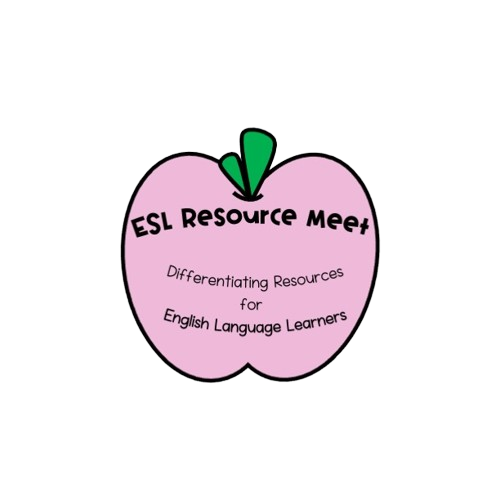





























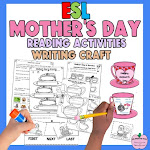

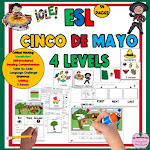
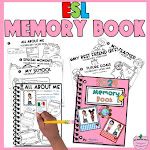




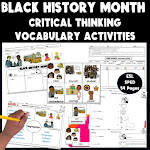



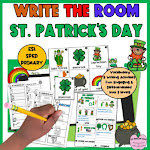
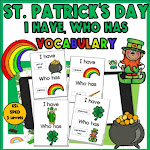
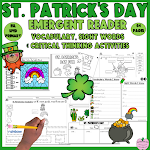



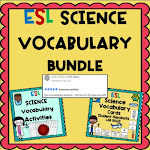




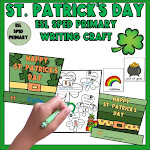

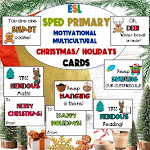



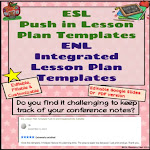




0 Comments